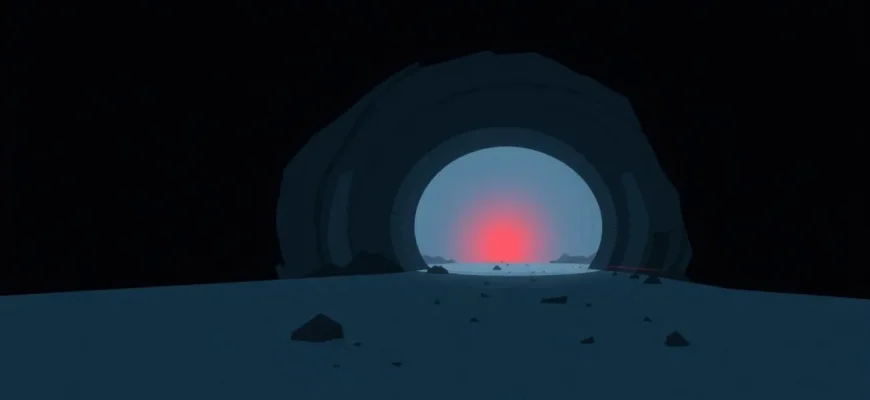When the ground beneath our feet turns treacherous, the stakes are higher than ever. This curated list dives into the heart of disaster cinema, focusing on films where the underground infrastructure becomes the stage for chaos, survival, and sometimes, redemption. From collapsing tunnels to subterranean threats, these movies not only entertain but also make us ponder the fragility of our man-made world. Whether you're a fan of edge-of-your-seat action or deep, thought-provoking narratives, this collection promises a thrilling journey into the abyss.
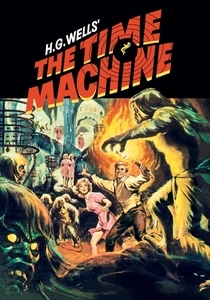
The Time Machine (1960)
Description: While not a disaster movie per se, the protagonist travels to the future where he discovers a dystopian society living underground, showcasing the evolution of underground infrastructure over time.
Fact: The film's depiction of the future was influenced by H.G. Wells' original novel, with significant changes to adapt it for the screen.
 Watch Now
Watch Now 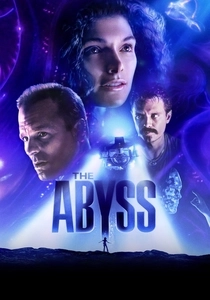
The Abyss (1989)
Description: While set in the ocean, this film includes scenes where characters explore underwater caves, showcasing the challenges of underground exploration in a different environment.
Fact: James Cameron, the director, developed new underwater filming technology for this movie, which was later used in other films.
 Watch Now
Watch Now 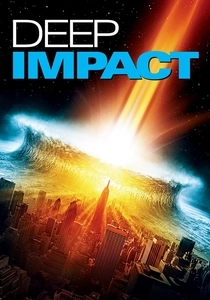
Deep Impact (1998)
Description: While primarily about a comet strike, the film includes scenes where people take refuge in underground bunkers, highlighting the role of underground infrastructure in disaster scenarios.
Fact: The film was released in the same year as "Armageddon," leading to comparisons between the two comet/asteroid disaster movies.
 Watch Now
Watch Now 
The Core (2003)
Description: In this sci-fi thriller, the Earth's core stops spinning, threatening to destroy the planet. A team of scientists and astronauts must journey to the center of the Earth to restart it, navigating through the planet's underground infrastructure.
Fact: The film features a unique concept of using nuclear weapons to restart the Earth's core. It was also nominated for several Razzie Awards, including Worst Picture.
 Watch Now
Watch Now 
The Day After Tomorrow (2004)
Description: While not exclusively about underground infrastructure, this film includes scenes where characters seek shelter in underground facilities during a sudden ice age. It showcases the vulnerability of our infrastructure when faced with extreme weather events.
Fact: The film's special effects were so realistic that it was used in educational settings to discuss climate change, despite its scientific inaccuracies.
 Watch Now
Watch Now 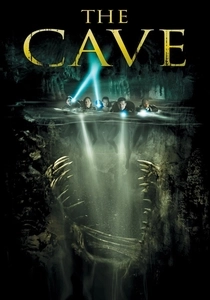
The Cave (2005)
Description: A team of divers explores a newly discovered cave system, only to encounter ancient creatures. The film delves into the mysteries and dangers lurking beneath the surface.
Fact: The underwater scenes were filmed in a specially constructed tank, simulating the cave environment.
 Watch Now
Watch Now 
The Descent (2005)
Description: A group of women go spelunking in an uncharted cave system, only to find themselves trapped with monstrous creatures. The film explores the claustrophobic terror of underground spaces.
Fact: The film was shot in real caves, with the cast and crew having to endure the harsh conditions to capture the authentic feel of being trapped underground.
 Watch Now
Watch Now 
The Mole People (1956)
Description: An archaeological expedition discovers an ancient civilization living underground, highlighting the concept of subterranean societies and the infrastructure they might develop.
Fact: The film was inspired by a 1950s fascination with underground civilizations, a theme that was popular in science fiction at the time.
 30 Days Free
30 Days Free 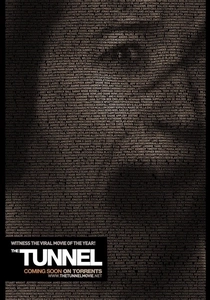
The Tunnel (2011)
Description: This Australian found-footage horror film follows a journalist investigating the disappearance of homeless people in Sydney's abandoned railway tunnels, revealing a terrifying underground threat.
Fact: The film was shot entirely on location in Sydney's real abandoned railway tunnels, adding to its eerie authenticity.
 30 Days Free
30 Days Free 
The Tunnel Movie (2011)
Description: Another film titled "The Tunnel," this one focuses on a group of journalists investigating a government conspiracy in an abandoned subway system, uncovering more than they bargained for.
Fact: The film was released under a Creative Commons license, allowing for free distribution and remixing.
 30 Days Free
30 Days Free 
